In the murky waters of Lake Xochimilco near Mexico City lives one of nature’s most extraordinary creatures – the axolotl (Ambystoma mexicanum). This tiny salamander, no larger than a human hand, has captured the attention of medical researchers worldwide for its astounding regenerative abilities. Unlike most vertebrates, including humans, the axolotl can regrow entire limbs, parts of vital organs, and even portions of its brain and heart with no scarring. This regenerative capacity doesn’t diminish with age or repeated injury, making the axolotl a biological anomaly that could potentially revolutionize regenerative medicine. As scientists continue to unlock the secrets behind this salamander’s remarkable abilities, the medical implications for humans suffering from injuries, amputations, and degenerative diseases become increasingly promising.
Evolutionary Peculiarity: Eternal Youth in Amphibian Form

The axolotl exhibits a rare biological phenomenon called neoteny—the retention of juvenile characteristics into adulthood. While most salamanders undergo metamorphosis, transforming from an aquatic juvenile with gills to a terrestrial adult with lungs, axolotls remain in their larval form throughout their lives. This permanent state of “childhood” allows them to maintain the extraordinary regenerative abilities typically found only in embryonic stages of development. Their bodies never receive the hormonal signals that would trigger metamorphosis and simultaneously shut down certain regenerative pathways. This evolutionary adaptation provides a unique window into developmental biology and cellular plasticity that could help scientists understand how to reactivate dormant regenerative capabilities in human tissues.
The Genomic Blueprint of Regeneration
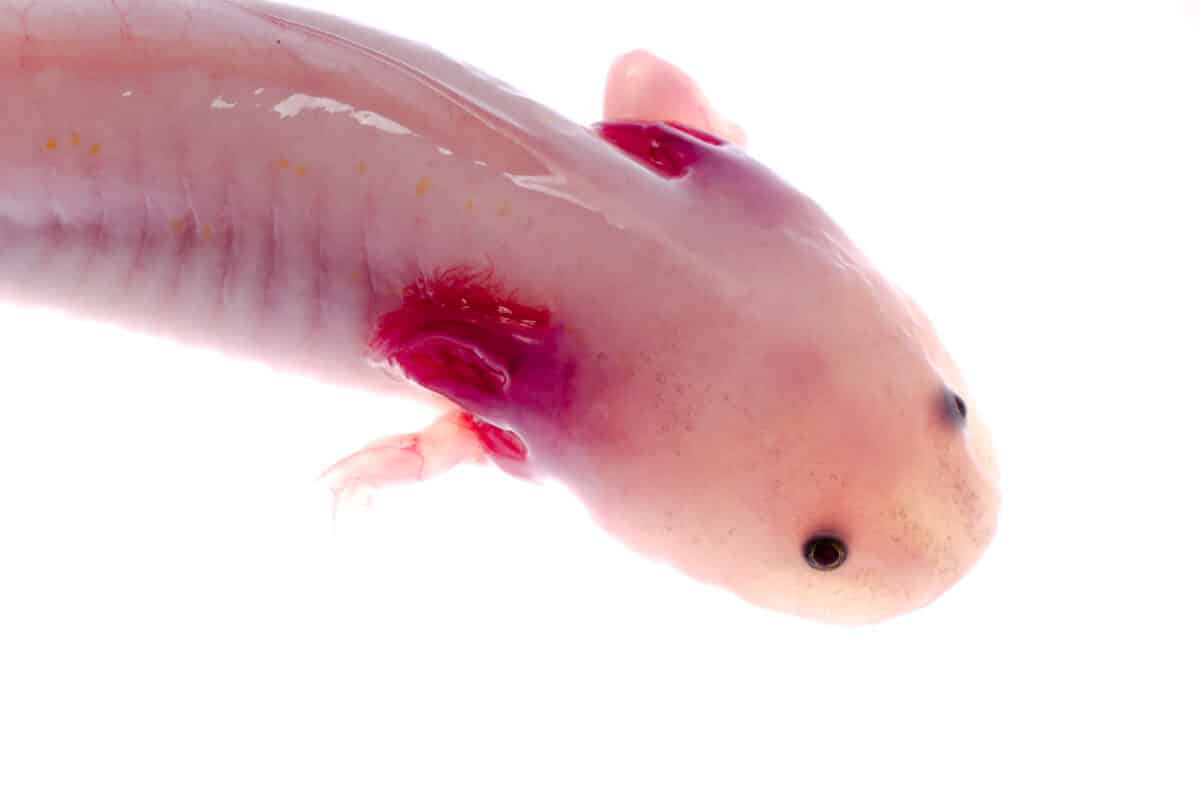
In 2018, scientists successfully sequenced the axolotl’s genome, revealing it to be ten times larger than the human genome—the largest animal genome ever sequenced. This massive genetic blueprint contains crucial information about the mechanisms behind tissue regeneration. The axolotl genome includes specific genes associated with regeneration that have been lost or rendered inactive in mammals through evolution. By identifying these genetic differences, researchers can potentially develop therapies that reactivate similar pathways in humans. The genome also revealed unique immune response patterns that prevent scarring during healing—a critical component of perfect regeneration. Understanding how the axolotl’s immune system facilitates rather than hinders regeneration could transform treatments for burn victims and others suffering from scarring conditions.
Cellular Reprogramming: The Science Behind Limb Regeneration

When an axolotl loses a limb, a remarkable cascade of cellular events begins. Within hours, epidermal cells migrate to cover the wound, forming what scientists call the wound epidermis. Beneath this protective layer, cells near the amputation site begin to dedifferentiate—essentially reversing their developmental state to become more stem-cell-like. These cells form a structure called the blastema, a collection of pluripotent cells capable of developing into all the specialized tissues needed to create a new limb. Each cell “remembers” its original position and function, ensuring that the regenerated limb is a perfect copy of the original. This natural process of cellular reprogramming has profound implications for human medicine, where controlling cell fate remains one of the greatest challenges in regenerative therapies.
Neurological Restoration: Healing the Unhealable
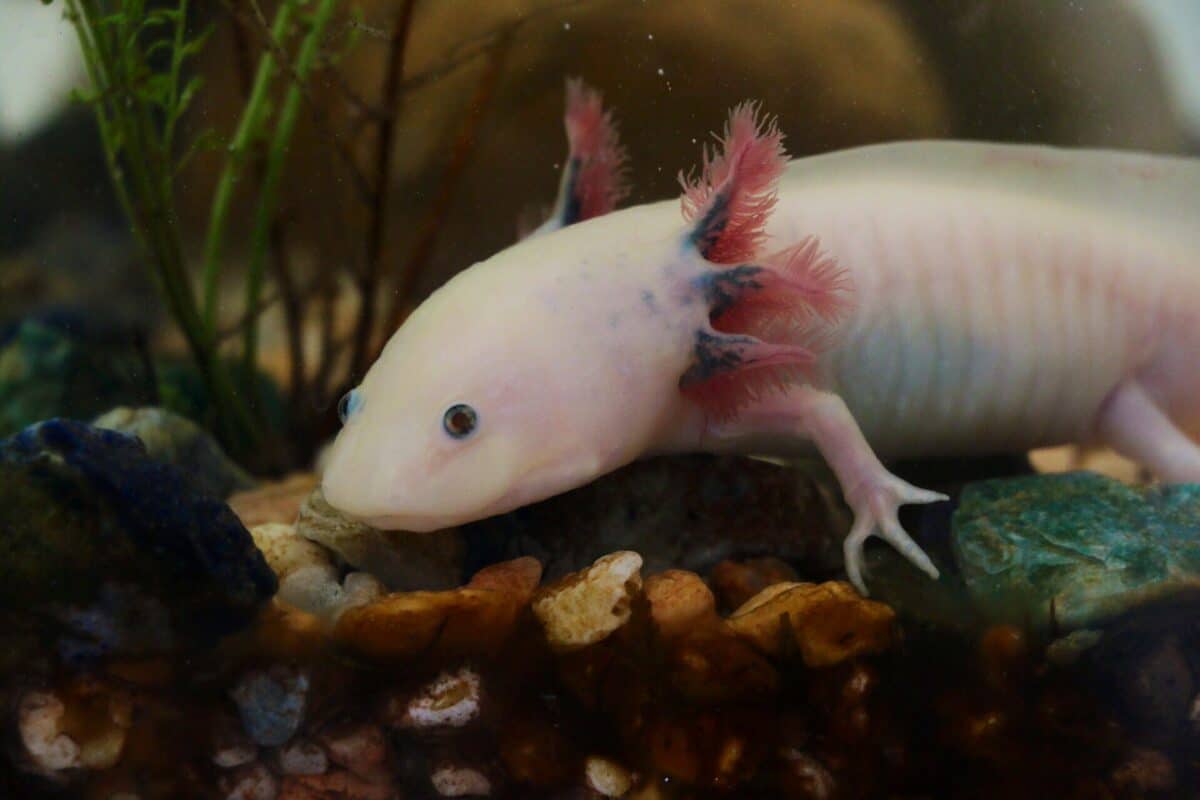
Perhaps most remarkable is the axolotl’s ability to regenerate parts of its central nervous system, including sections of the brain and spinal cord—tissues that show minimal regenerative capacity in humans. After spinal cord injury, axolotls can restore nerve connections and regain full functionality, whereas humans typically face permanent paralysis. Researchers have discovered that axolotl neural cells produce specific proteins that create an environment conducive to nerve regrowth, rather than the inhibitory environment found in mammals. Studies of these neural regeneration pathways have already led to experimental treatments for spinal cord injuries in humans, offering hope to millions suffering from paralysis. By understanding how axolotls naturally overcome the barriers to neural regeneration, scientists might develop therapies for conditions ranging from spinal cord injuries to neurodegenerative diseases like Alzheimer’s and Parkinson’s.
Heart and Organ Repair Mechanisms

The axolotl’s regenerative abilities extend to internal organs, particularly the heart. While human heart tissue forms permanent scar tissue after injury, the axolotl can regenerate damaged heart muscle without scarring, restoring both structure and function. This occurs through a process where cardiac cells temporarily revert to a less specialized state, proliferate, and then re-differentiate into functional heart tissue. Recent research has shown that the axolotl heart expresses unique genes during regeneration that control inflammation and fibrosis—two processes that typically lead to scarring in mammals. Understanding these pathways could revolutionize treatments for heart attack patients by potentially replacing scar tissue with functional cardiac muscle. Similar regenerative processes have been observed in the axolotl’s lungs, kidneys, and liver, offering insights into potential treatments for a wide range of organ diseases.
Translational Research: From Salamander to Human Applications
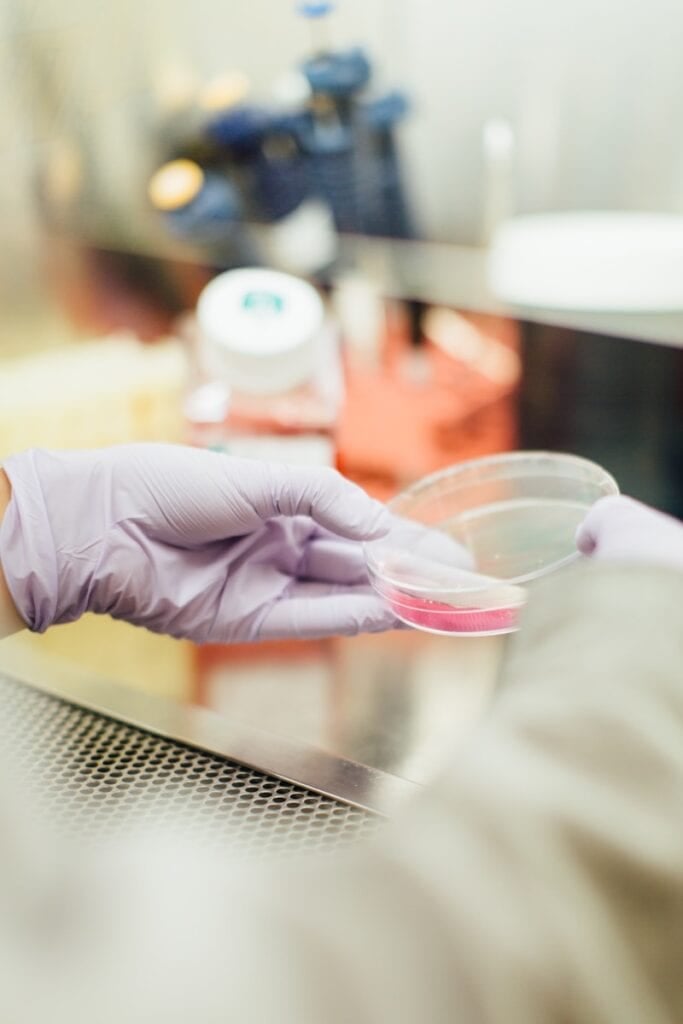
The journey from axolotl biology to human medical applications involves sophisticated translational research. Scientists are developing various approaches to apply axolotl regeneration principles to human medicine. Some researchers are focusing on identifying drug compounds that can mimic the signaling pathways used by axolotls during regeneration. Others are exploring gene therapy approaches to temporarily reactivate dormant regenerative genes in human tissues. Tissue engineering efforts have already incorporated lessons from axolotl blastema formation to improve scaffold designs for growing replacement tissues and organs. Perhaps most promising are the advances in understanding how inflammation and immune responses can be modulated to promote regeneration rather than scarring. While complete limb regeneration in humans remains distant, treatments inspired by axolotl biology may soon offer improved healing for wounds, burns, and certain organ injuries.
Advances in Cancer Research Through Axolotl Studies
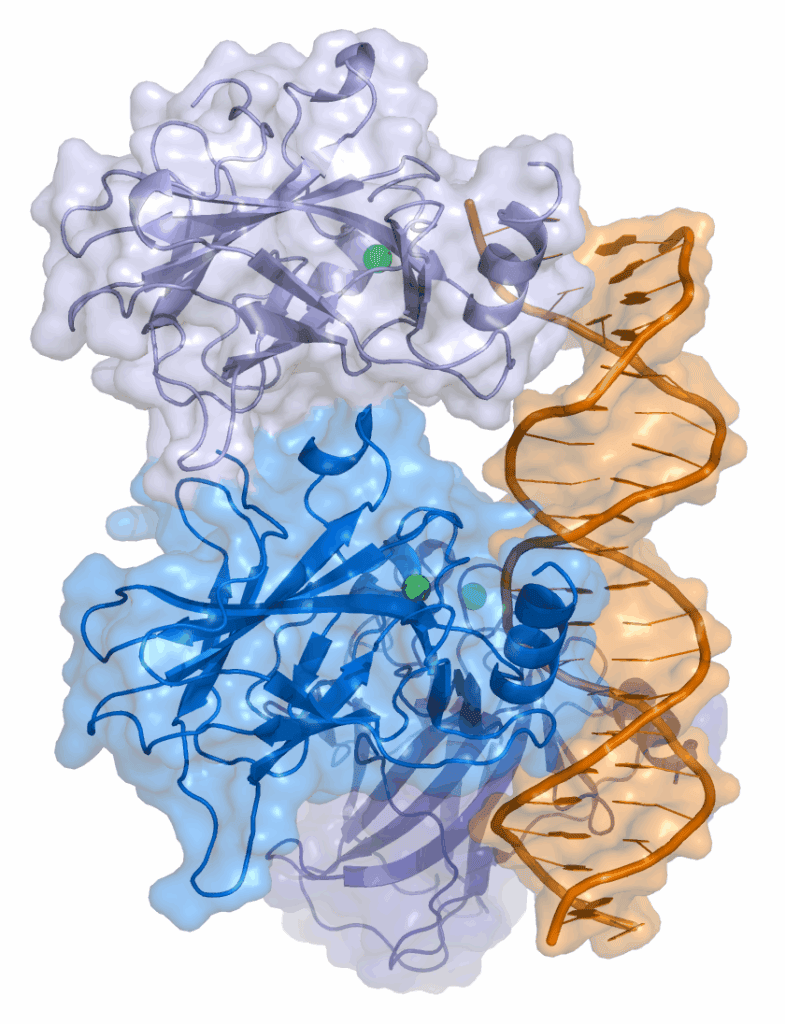
The axolotl’s regenerative processes share some similarities with cancer development—both involve cellular dedifferentiation and rapid proliferation—yet axolotls rarely develop cancer despite these similarities. This apparent paradox has made them valuable models for cancer research. Scientists have discovered that axolotls possess sophisticated regulatory mechanisms that tightly control cell division during regeneration, preventing the runaway growth characteristic of cancer. The p53 gene, a crucial tumor suppressor in humans, functions differently in axolotls, allowing for controlled regeneration without malignancy. By understanding how axolotls balance regeneration with cancer prevention, researchers hope to develop more effective cancer therapies that target malignant cells while preserving healthy tissue. This research direction represents an unexpected but promising application of axolotl biology to human medicine.
The Race Against Extinction: Conservation Challenges

Despite their medical significance, wild axolotls are critically endangered, with population declines exceeding 99% since the 1970s. Their only natural habitat, the ancient canal system of Xochimilco in Mexico City, faces severe degradation from urban expansion, water pollution, and introduced predator species. Conservation efforts include habitat restoration projects, captive breeding programs, and initiatives to reduce water contamination. The scientific community has raised alarm about the potential loss of genetic diversity in wild populations, which could limit our understanding of their natural adaptations and regenerative capabilities. While axolotls breed readily in captivity—making them common in laboratories and the pet trade—these captive populations represent only a fraction of the genetic diversity found in wild specimens. The race to save the wild axolotl has become inextricably linked with the quest to harness their medical potential, highlighting the intersection of conservation and biomedical research.
Ethical Considerations in Axolotl Research
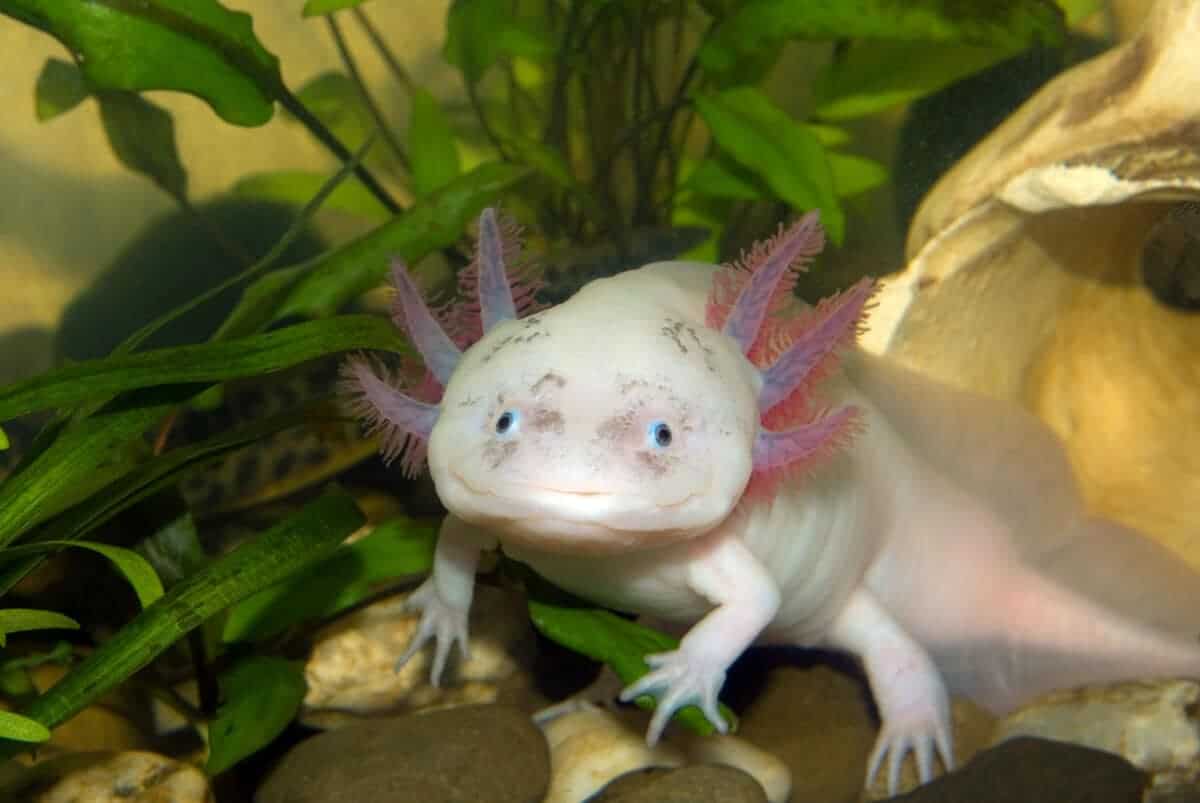
As research on axolotls intensifies, ethical questions have emerged regarding the responsible use of these animals in scientific studies. The unique status of axolotls—simultaneously endangered in the wild yet abundant in laboratories—creates complex ethical considerations. Researchers must balance the potential medical benefits for humans against the welfare of experimental animals. The scientific community has responded by developing more refined research protocols that minimize the number of animals used and improve housing conditions to better match their natural habitat requirements. Additionally, new technologies like organ-on-a-chip systems and computational models are being developed to complement and sometimes replace live animal studies. These ethical discussions extend to conservation efforts, where scientists debate the merits of reintroduction programs versus maintaining genetically diverse captive populations for research purposes.
The Frontier of Wound Healing without Scarring

One of the most immediate applications of axolotl research is in the field of wound healing. Human wound repair typically results in scar formation—a fibrous tissue that lacks the functionality and appearance of the original. In contrast, axolotls heal perfectly, with no evidence that an injury ever occurred. This difference stems from their unique inflammatory response and extracellular matrix composition during healing. Recent studies have identified specific antimicrobial peptides in axolotl skin that not only fight infection but also promote regenerative healing. Some of these compounds have already been synthesized and are being tested in experimental wound treatments. Early clinical trials using axolotl-derived matrix proteins have shown promising results for treating diabetic ulcers and other chronic wounds. As this research advances, we may see a new generation of treatments that fundamentally change how human skin heals, potentially eliminating scarring in everything from surgical incisions to severe burns.
Technological Innovations Driving Axolotl Research
Advances in research technology have accelerated our understanding of axolotl regeneration. Single-cell RNA sequencing now allows scientists to track gene expression changes in individual cells throughout the regeneration process, providing unprecedented detail about cellular decision-making. CRISPR gene editing has been successfully applied to axolotls, enabling researchers to precisely modify genes and study their function in regeneration. Sophisticated imaging techniques, such as light sheet microscopy, permit real-time visualization of tissue regeneration at the cellular level in living animals. These technological breakthroughs have transformed axolotl research from primarily observational studies to mechanistic investigations that reveal the molecular and cellular drivers of regeneration. As these technologies continue to evolve, our understanding of regenerative processes will deepen, potentially accelerating the translation of findings into human medical applications.
The humble axolotl stands at the forefront of a potential revolution in medical treatment. As research continues to unravel the complex genetic, cellular, and molecular mechanisms behind its regenerative abilities, we move closer to transformative therapies for conditions long considered irreversible. While complete human limb regeneration may remain in the realm of science fiction for now, targeted applications of axolotl-inspired treatments for specific tissues and injuries appear increasingly feasible within our lifetime. The journey from axolotl tank to human treatment represents one of the most promising frontiers in medical science, exemplifying how nature’s extraordinary adaptations can guide human innovation. As we face the dual challenges of advancing this research while protecting the species that makes it possible, the axolotl reminds us that sometimes the most revolutionary solutions come in the smallest packages, swimming quietly in the ancient waterways of Mexico.
- This Tiny Salamander Species Could Hold Medical Breakthroughs - August 12, 2025
- What Makes the Fennec Fox So Unique - August 12, 2025
- How Dolphins Use Bubbles to Hunt - August 12, 2025

